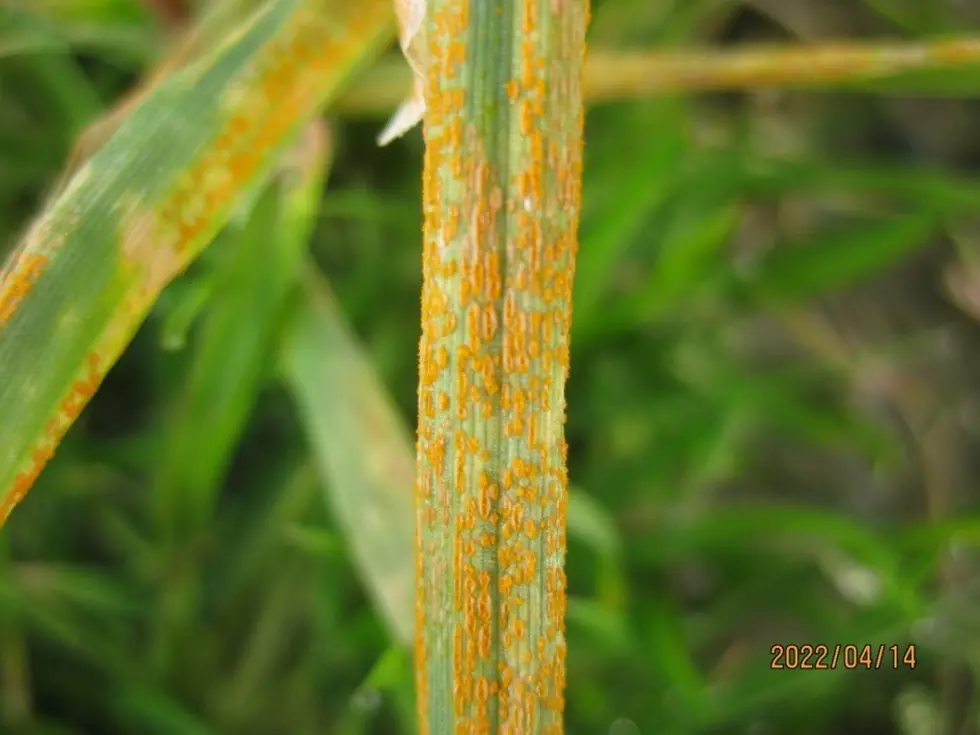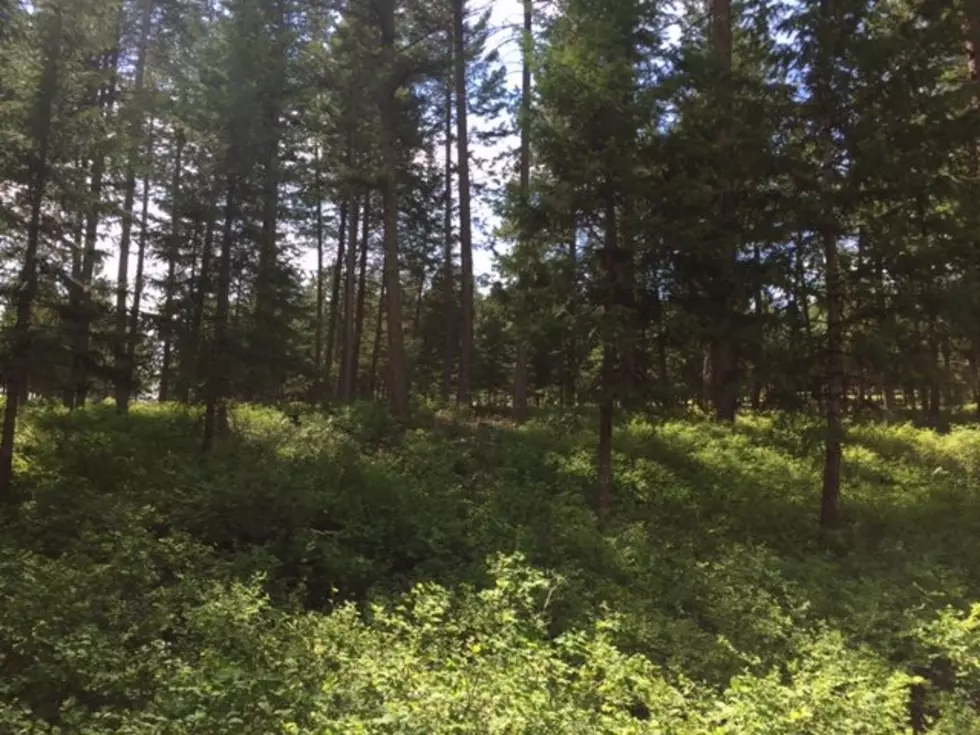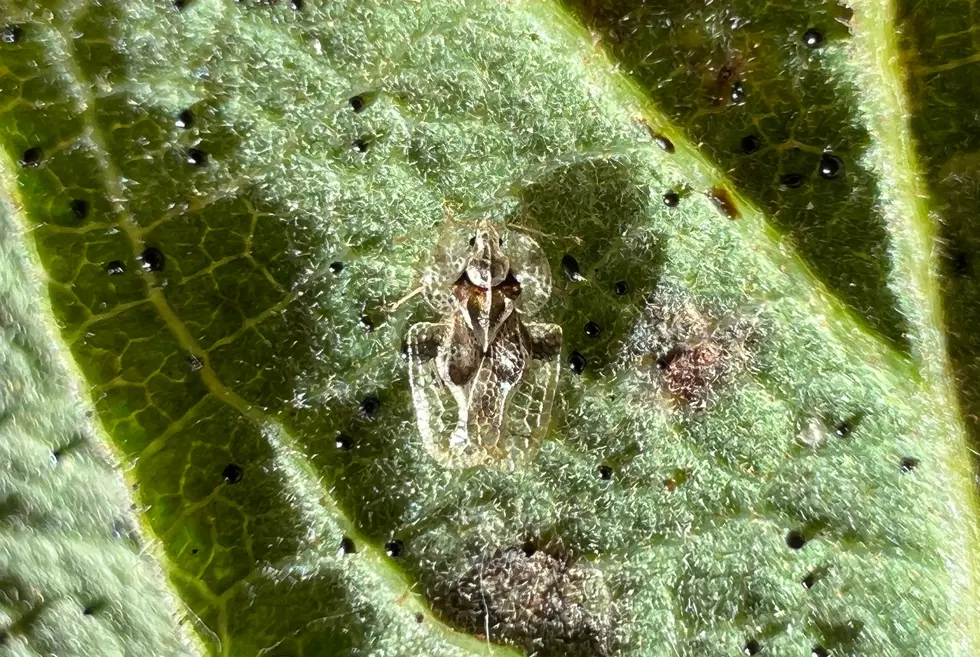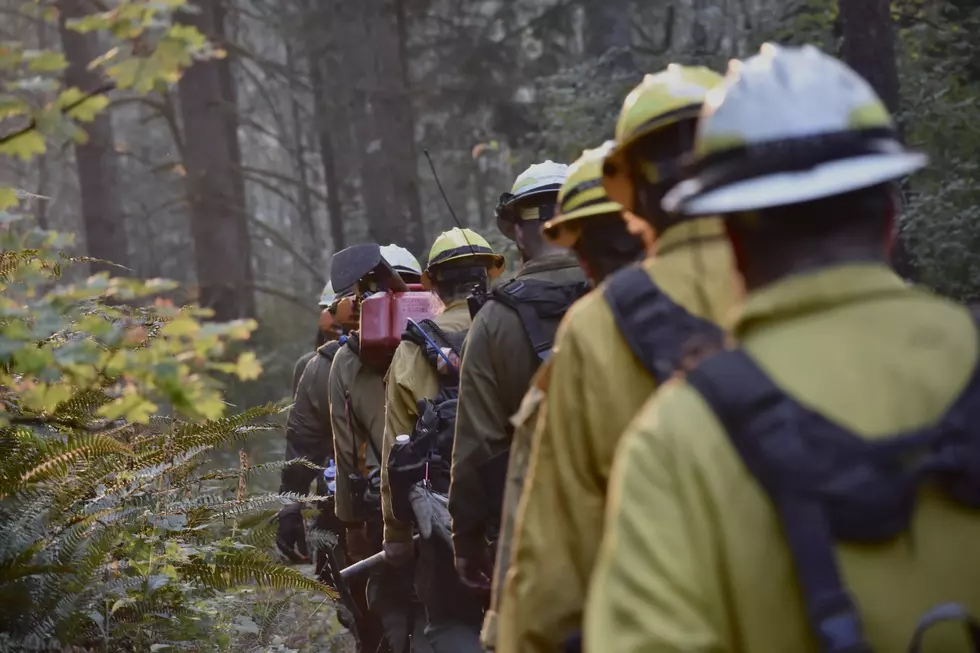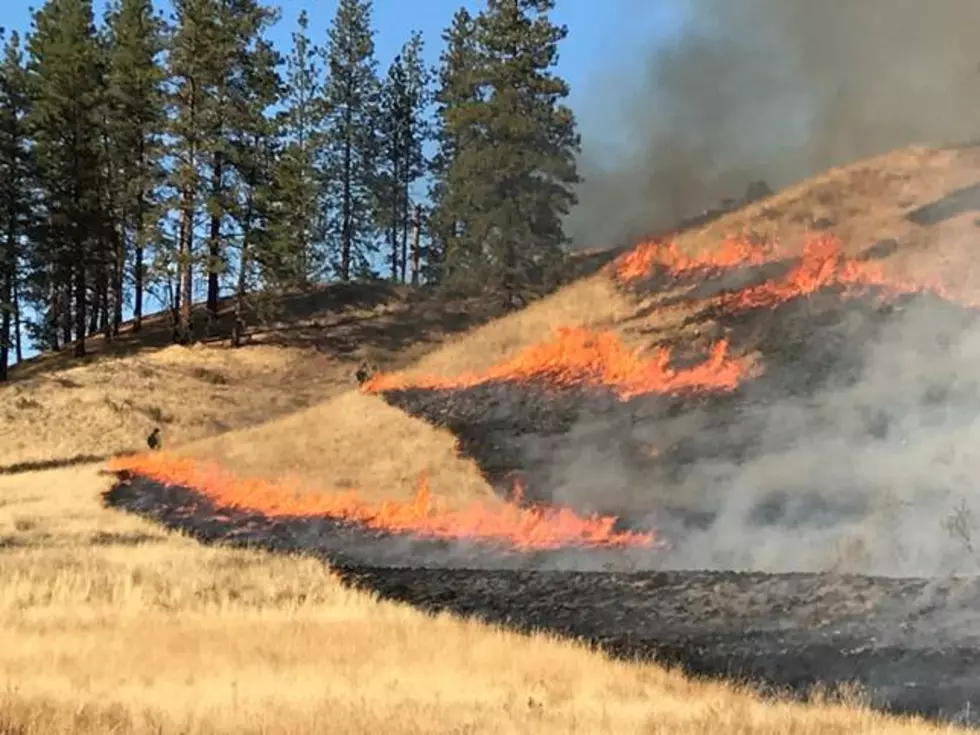
Washington DNR Looks To Establish Forest Harvest Levels For Upcoming Decade
The Washington state Department of Natural Resources has launched the process of establishing the harvest levels for forested state lands on both sides of the Cascades for the next ten years. State law requires that DNR set a sustainable harvest level, the volume of timber scheduled for sale during the next decade, so that the 2.1 million acres of Washington’s forested trust lands will be managed to address forest health and climate change, provide wildlife habitat and recreation, and generate reliable revenue to support schools and critical county services.
The process starts this month with a pair of public webinars this month.
Setting the harvest level is an important component of DNR's sustainable and responsible stewardship of state trust assets, which has generated more than $9 billion in non-tax revenue for schools and counties and billions of dollars of ecosystem services since 1970. DNR-managed lands also provide Washington state with more than 160 developed recreation sites and nearly 1,300 miles of trails to explore. Across Washington, about 40% of DNR-managed forested trust lands (810,000 acres) are managed for habitat conservation, and DNR also manages nearly 130,000 forested acres protected in Natural Area Preserves and Natural Resources Conservation Areas. The setting of this level requires the approval of the Board of Natural Resources and complies with federal and state laws, the stringent environmental protections of DNR’s Habitat Conservation Plan, the Policy for Sustainable Forests, and Washington state’s Forest Practices Rules.
Throughout the sustainable harvest calculation process, DNR uses advanced forest modeling techniques to determine a level of timber harvest for present and future trust beneficiaries that optimizes the revenue production while meeting the Department’s ecological and social goals, such as healthy forest ecosystems, habitat for threatened and endangered species, and recreational opportunities for the public. To aid in the sustainable harvest calculation, DNR staff receive technical guidance from the Sustainable Harvest Technical Advisory Committee. The committee of forestry experts advises DNR staff on forest inventory, economics, forest health, climate change, and other factors related to the calculation.
DNR last set the sustainable harvest level for western Washington in 2019 and for eastern Washington in 1996. This will be the first eastern Washington sustainable harvest calculation to explicitly take into account DNR’s Forest Health Strategic Plan for state lands in eastern Washington.
The scoping process is the first formal step in preparing an environmental impact statement (EIS) under the State Environmental Policy Act (SEPA). Scoping is intended to solicit information from the public, agencies, and tribes to narrow the focus of the EIS and help to generate alternatives for consideration by the Board of Natural Resources.
DNR will be setting the sustainable harvest level for the 2025-34 planning decade for both its 1.4 million acres of forestland in western Washington and 675,000 acres of forestland east of the Cascades in separate, simultaneous processes. Staff will provide information about the planned scope of the department’s proposals during two live webinars scheduled for next week.
For western Washington, the scoping webinar is scheduled for 6-7 p.m. November 9, 2021. Registration is available Here. For eastern Washington, the scoping webinar is scheduled for 6-7 p.m. November 10, 2021. Registration is available Here. A summary of comments received during the scoping process, which ends December 9, 2021, will be posted to the DNR website.
If you have a story idea for the PNW Ag Network, call (509) 547-1618, or e-mail gvaagen@cherrycreekmedia.com
More From PNW Ag Network


